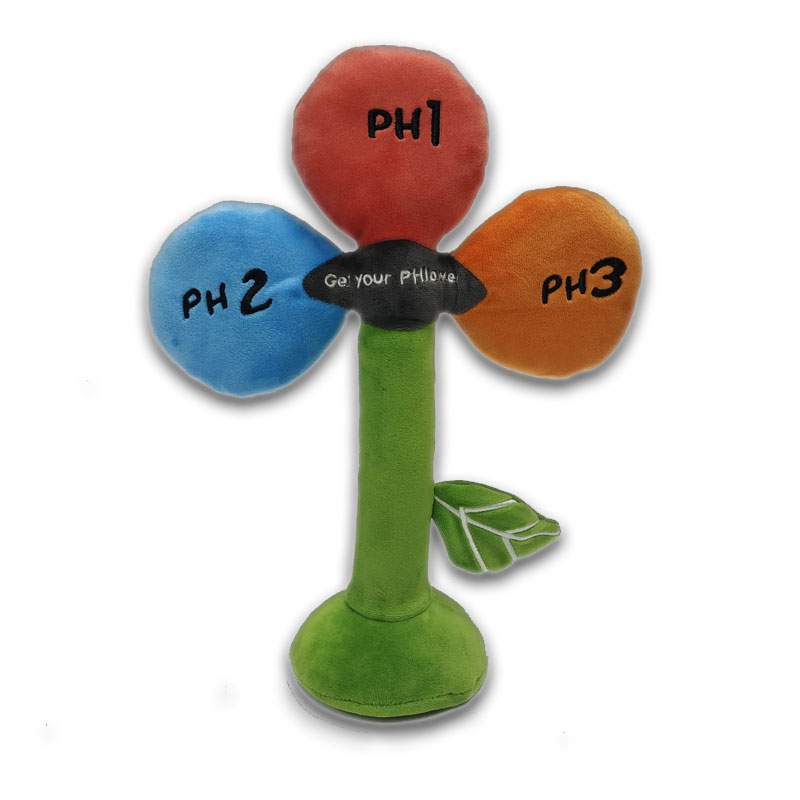The PHlower

PH2: rare metabolic disorder. Recurrent kidney stones and nephrocalcinosis are its hallmarks. Kidney failure occurs in about 20% of patients.
Read more..PH1: the most frequent of this rare metabolic disorder leading to severe kidney stone disease and kidney calcification. It may lead to early kidney failure.
Read more..PH3: rare metabolic disorder. Most prominent in infants and early childhood, mostly presenting with kidney stones. Kidney stone production decreases over time.
Read more..Primary hyperoxalurias (PH) are a group of rare inherited monogenic diseases. The genetic deficiency leading to these diseases produce an overproduction of endogenous oxalate, which is excreted through the kidneys, where it binds to calcium, forming calcium oxalate-based stones. Patients suffer from painful kidney stones, urinary infections, and when it progresses, it affects other organs like bones, eyes, heart, skin and others. The disease onset is heterogenous, but mostly appears during early infancy and childhood, showing symptoms during the whole life. Based on the genetics, three diseases have been already defined: PH1, PH2 and PH3, caused by pathogenic mutations in the genes AGXT, GRHPR and HOGA1, respectively. The current curative treatment is dual liver-kidney transplantation. However, new non-invasive molecular therapies are under clinical development, like substrate reduction therapy with small- interference RNA, focused on two targets (GO-RNAi and LDHA-RNAi), probiotics (Oxalobacter formigenes), or oxalate-degrading enzymes in the intestine (oxalate decarboxylase).
Patient advocacy groups exist both in Europe and USA (Oxalosis and Hyperoxaluria Foundation, OHF). In Europe, self-support groups from Germany, UK, Netherlands, Spain and France represent patients from these and neighbor countries, and recently they have joined forces to build the European PH self-support group. However, all these PH patients lack a symbol that may represent them and their disease worldwide, which helps raising social awareness while strengthening the need for research on earlier diagnosis and treatments. In addition, the symbol may bring hope and confidence to the patients, that they are not alone, that they are not rare, that they are strong. Therefore, the PHlower was born. It is a flower where each petal represents one PH disease, in which a button is placed inside, able to display a short description of the disease once it is pressed. The stem is the central part of a plant where all the petals rise, therefore the stem holds a stone as a pistil, being the common hallmark of the three diseases. Within the stone, an encouraging message for the patients: Get your PHlower!, playing with the words, and substituting the normal “f” of the word “flower”, by its phonetic “ph” frequently used in English, which in turn represents the disease. Moreover, the rest of the word brings the message of keeping the disease “lower”. A QR code placed on the stone can be scanned to directly open a website where the patient can have more information about the disease. The leaves are the part of a plant that allows water incorporation. Therefore, in the leave rising from the stem, another button will remind the patient the need of drinking a lot of water to keep the kidneys up and running, eliminating as much oxalate as possible.
The PHlower will be produced on 3D, using materials that are safe for kids of all ages, that are waterproof, and that are big enough to clearly seen all parts of it.
